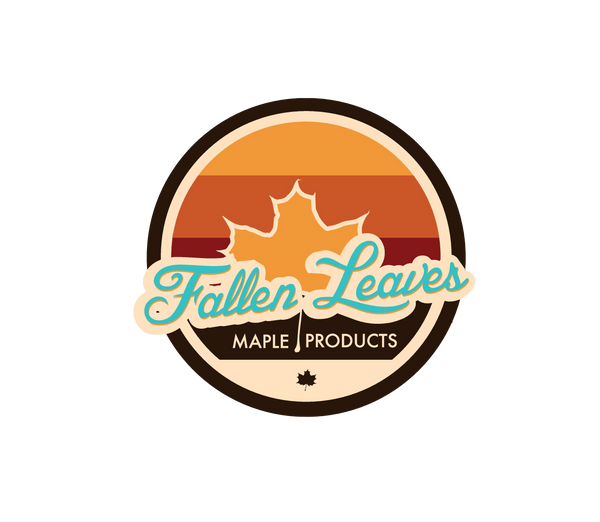About Maple Syrup
Introduction
Maple syrup, a sweet and golden elixir derived from the sap of sugar maple trees, has a rich history deeply intertwined with North American culture. What began as an indigenous practice has transformed into a thriving industry, blending traditional techniques with modern innovation. This article delves into the captivating history of maple syrup production, contemporary practices, and its diverse culinary uses that continue to tantalize taste buds around the world.
A Sweet Beginning: Indigenous Origins
The history of maple syrup dates back centuries, originating with the indigenous peoples of North America. Native communities like the Algonquian and Iroquois developed the practice of collecting and boiling maple sap long before European settlers arrived. They used hollowed-out logs and birch bark containers to gather the sap, then heated it using hot stones. The result was a concentrated, sweet syrup that provided a valuable food source during the early spring months when other resources were scarce.
Pioneering Traditional Techniques
As European settlers established colonies in North America, they adopted and refined indigenous maple syrup production methods. The introduction of iron kettles and metal tools allowed for more efficient sap collection and boiling. The settlers also recognized the potential of maple syrup as a valuable trade commodity.
The term "sugar bush" emerged during this time, referring to the stands of sugar maple trees where sap was collected. It became a central aspect of North American culture and folklore, symbolizing the transition from winter to spring and the promise of a sweet reward.
Evolution of Production Methods
Over the years, maple syrup production evolved with technological advancements. The 19th century brought the invention of the metal spile or tap, which improved sap collection. As transportation improved, maple syrup could be easily transported to urban markets, expanding its popularity.
The introduction of evaporator pans in the late 19th century revolutionized production. These large metal pans allowed for greater control over the boiling process, resulting in higher-quality syrup. Vacuum pumps, reverse osmosis, and modern tubing systems further refined production, enabling producers to tap more trees and produce syrup more efficiently.
Modern Maple Syrup Production
Contemporary maple syrup production is a blend of tradition and innovation. Tapping typically occurs in late winter or early spring when temperature fluctuations between freezing and thawing stimulate sap flow. Producers install spiles and tubing systems to collect sap from multiple trees, which is then transported to a sugarhouse.
In the sugarhouse, sap is boiled down using modern evaporators that regulate temperature and optimize sugar concentration. Reverse osmosis is often used to remove excess water before boiling, reducing boiling time and energy consumption. This results in a consistent and high-quality syrup.
Culinary Uses Beyond Breakfast
Maple syrup's uses extend far beyond drizzling over pancakes. Its unique flavor profile, ranging from delicate and buttery to rich and robust, makes it a versatile ingredient in both sweet and savory dishes. Some popular culinary uses include:
-
Baking: Maple syrup adds depth and complexity to baked goods like muffins, cakes, and cookies.
-
Glazing and Marinades: Its natural sweetness enhances meat glazes and marinades, providing a caramelized finish.
-
Salad Dressings: Maple vinaigrettes offer a delightful balance of sweet and tangy notes to fresh salads.
-
Cocktails: Maple syrup is a popular cocktail ingredient, lending its earthy sweetness to various mixed drinks.
-
Desserts: From ice cream to custards, maple syrup can elevate a wide range of desserts.
Conclusion
The history of maple syrup is a captivating journey that reflects the evolution of North American culture and culinary practices. What began as an indigenous tradition has blossomed into a booming industry that harmoniously merges time-honored techniques with cutting-edge technology. From the sugar bushes to the sugarhouses and onto our plates, maple syrup remains a beloved and cherished natural treasure, connecting us to both the past and the future. Fallen Leaves Maple Products is proud to carry on this tradition with a unique twist of flavors in Sault Ste. Marie, ON.
EMAIL SIGNUP
